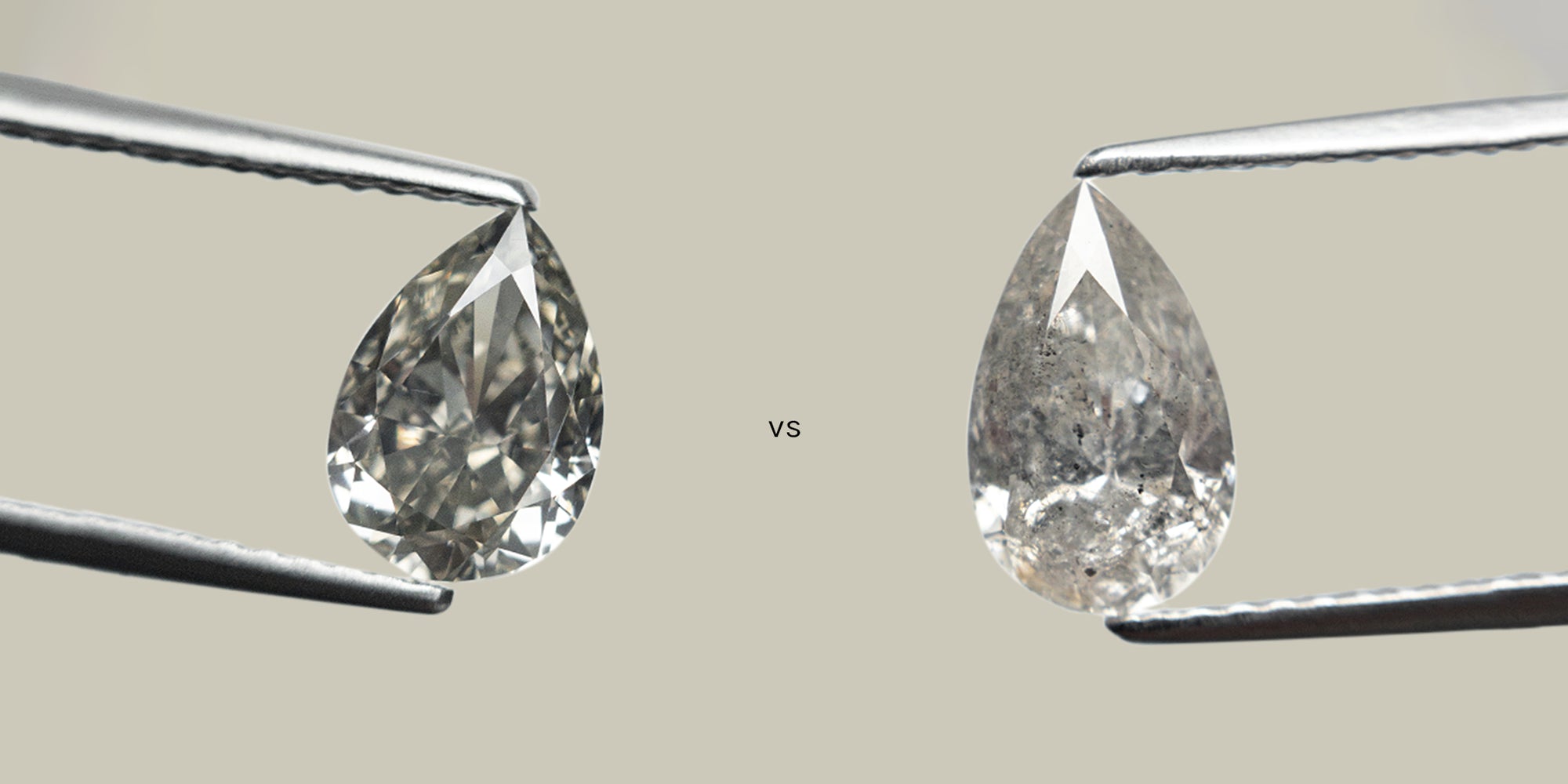The world of diamonds has seen a remarkable transformation in recent years. Lab-grown diamonds, specifically those created through Chemical Vapor Deposition (CVD) technology, have gained significant popularity. As consumers continue to seek ethical and sustainable alternatives to traditional mined diamonds, Lab diamonds cvd, particularly CVD diamonds, are becoming a preferred choice for many. In this article, we will explore the growing significance of lab diamonds, with a special focus on CVD technology and its impact on the jewelry industry.
What Are Lab Diamonds?
Lab diamonds, also known as synthetic diamonds, are created in controlled laboratory environments using advanced technology that mimics the natural processes found deep within the Earth. These diamonds are chemically identical to natural diamonds and are made from carbon atoms arranged in a crystal structure. The primary difference between lab-grown and mined diamonds lies in their origin. Lab diamonds, particularly CVD diamonds, are grown in laboratories, while mined diamonds are extracted from the earth’s crust.
The process of creating lab diamonds involves two main methods: High Pressure High Temperature (HPHT) and Chemical Vapor Deposition (CVD). CVD is the more popular and innovative method in the production of lab diamonds, as it offers a more controlled and efficient approach to creating diamonds with remarkable quality.
The Science Behind CVD Lab Diamonds
Chemical Vapor Deposition (CVD) is a process that involves placing a small diamond seed in a chamber where gases containing carbon are introduced. These gases break down, allowing the carbon atoms to bond with the seed and grow into a diamond over time. The CVD process allows for precise control over the growth environment, which results in diamonds with fewer impurities and defects compared to their natural counterparts.
CVD diamonds are known for their exceptional clarity, and their growth can be closely monitored, ensuring consistent quality. This method also offers the advantage of producing diamonds in various sizes and shapes, making it possible to create diamonds that meet specific customer preferences. The ability to control the conditions during the CVD process is one of the main reasons why lab diamonds, particularly CVD diamonds, are becoming so popular in the jewelry market.
Why Choose CVD Lab Diamonds?
CVD lab diamonds offer a number of advantages over mined diamonds, particularly in terms of their environmental and ethical benefits. One of the key reasons people choose CVD diamonds is that they are much more sustainable. Traditional diamond mining can have a significant impact on the environment, often leading to habitat destruction, water pollution, and the displacement of local communities. CVD diamonds, on the other hand, are grown in controlled lab environments, which reduces the environmental footprint.
Another reason for the rising popularity of CVD lab diamonds is their affordability. While natural diamonds are rare and often come with a hefty price tag, lab diamonds can be produced at a fraction of the cost. This makes them an attractive option for customers who want the beauty and brilliance of a diamond without the high price. Additionally, the cost of producing CVD diamonds is expected to continue decreasing as technology advances, making them even more accessible in the future.
The Growing Demand for CVD Lab Diamonds
The demand for CVD lab diamonds has grown significantly in recent years, driven by increasing awareness of their ethical and environmental benefits. As more consumers prioritize sustainability and ethical sourcing in their purchasing decisions, CVD lab diamonds have become an attractive alternative to mined lab created diamonds. In fact, several high-end jewelry brands now offer collections made exclusively from lab-grown diamonds, including those produced through CVD technology.
Moreover, CVD diamonds are gaining traction in the engagement ring market, as couples seek a more ethical and affordable option for one of the most important purchases of their lives. With their exceptional quality, stunning appearance, and lower cost, CVD diamonds have emerged as a popular choice for engagement rings and other fine jewelry.
How CVD Diamonds Compare to Mined Diamonds
When comparing CVD diamonds to mined diamonds, it’s important to note that both share the same chemical composition and physical properties. The primary difference lies in the way they are formed. Mined diamonds are millions of years old and are formed under extreme pressure and temperature deep within the Earth’s crust. In contrast, CVD diamonds are created in a matter of weeks in a controlled lab environment, yet they are virtually identical to mined diamonds in terms of their appearance and durability.
CVD diamonds also have the advantage of being free from the ethical concerns associated with traditional diamond mining. Mined diamonds are often linked to human rights abuses, conflict financing, and environmental degradation. By choosing CVD lab diamonds, consumers can enjoy the beauty of a diamond without the ethical dilemmas that come with supporting the diamond mining industry.
Looking for the perfect diamond jewelry? NoviTadiamonds.com.my offers a stunning collection of high-quality, certified diamonds for every occasion. Whether it’s for a gift or a treat for yourself, we’ve got something special for you!
The Future of CVD Lab Diamonds
As the demand for sustainable and ethical products continues to rise, the future of CVD lab diamonds looks bright. Advances in CVD technology are expected to make the process even more efficient and cost-effective, leading to further reductions in the price of lab-grown diamonds. Additionally, as more jewelers embrace the trend of offering lab diamonds, it is likely that CVD diamonds will become even more mainstream, eventually competing head-to-head with mined diamonds in the luxury market.
The future of the diamond industry is undoubtedly shifting, and CVD lab diamonds are at the forefront of this change. With their stunning quality, ethical sourcing, and environmental benefits, CVD diamonds are poised to become a dominant force in the jewelry industry.
Conclusion
CVD lab diamonds are revolutionizing the world of diamonds by offering a sustainable, ethical, and affordable alternative to traditional mined diamonds. The growth of CVD technology has made it possible to produce high-quality diamonds with fewer environmental impacts and at a fraction of the cost of mined diamonds. As consumer preferences continue to evolve towards more sustainable options, the demand for CVD lab diamonds will likely continue to grow, shaping the future of the jewelry industry. Whether for engagement rings, necklaces, or other fine jewelry, CVD lab diamonds offer a brilliant, ethical solution for those seeking the timeless beauty of diamonds.




